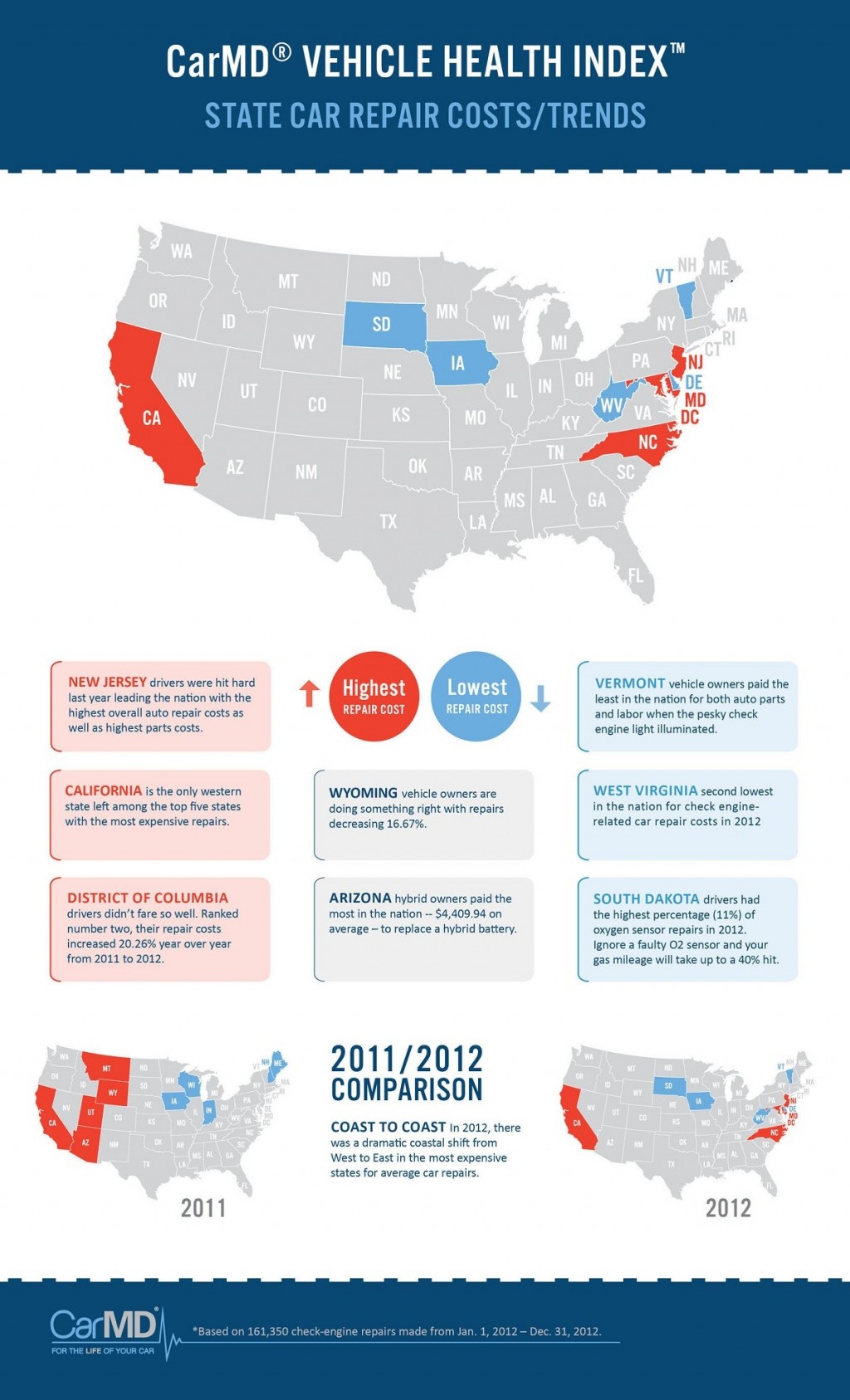Interested About Those Control Panel Warning Lights In Your Vehicle? Discover What They Imply For Your Car'S Health And Safety
Interested About Those Control Panel Warning Lights In Your Vehicle? Discover What They Imply For Your Car'S Health And Safety
Blog Article
Created By- https://ecu-remapping51738.ttblogs.com/9499442/eager-to-study-automobile-detailing-supplies-figure-out-which-tools-are-crucial-and-collect-experienced-insights-to-improve-your-describing-proficiency-as-a-novice
When you're behind the wheel, those beautiful caution lights on your control panel can be a little bit complicated. Do you know what they're trying to tell you regarding your automobile's wellness? Recognizing the relevance of these lights is important for your safety and the longevity of your vehicle. So, the next time one of those lights pops up, wouldn't you want to analyze its message properly and take the needed actions to resolve it?
Common Warning Lighting and Interpretations
Determine common caution lights in your cars and truck and understand their definitions to make certain secure driving.
One of the most regular caution lights include the check engine light, which indicates issues with the engine or discharges system. If this light comes on, it's crucial to have your vehicle inspected promptly.
The oil stress cautioning light suggests reduced oil stress, needing prompt interest to prevent engine damage.
A blinking battery light could suggest a malfunctioning billing system, possibly leaving you stranded otherwise attended to.
The tire stress tracking system (TPMS) light informs you to reduced tire pressure, affecting automobile security and gas effectiveness. Disregarding this can cause unsafe driving conditions.
The abdominal light suggests an issue with the anti-lock braking system, jeopardizing your ability to stop rapidly in emergency situations.
Last but not least, the coolant temperature level warning light warns of engine getting too hot, which can lead to extreme damages if not solved promptly.
Comprehending these usual caution lights will assist you address problems quickly and maintain safe driving problems.
Relevance of Prompt Interest
Understanding the common warning lights in your car is only the initial step; the value of immediately dealing with these warnings can't be emphasized sufficient to ensure your security when traveling.
When a warning light brightens on your dashboard, it's your cars and truck's method of interacting a prospective concern that needs attention. Neglecting cardetailingbotany can lead to extra serious problems in the future, endangering your safety and security and potentially costing you a lot more out of commission.
Trigger interest to cautioning lights can protect against failures and mishaps. For example, a flashing check engine light can show a misfire that, if left neglected, could cause damage to the catalytic converter. Resolving this promptly can save you from a costly repair service.
Similarly, a brake system warning light might signify reduced brake fluid or worn brake pads, crucial components for your safety and security when driving.
DIY Troubleshooting Tips
If you see a warning light on your control panel, there are a few DIY troubleshooting pointers you can attempt prior to looking for professional aid.
The primary step is to consult your automobile's guidebook to comprehend what the specific caution light indicates. Occasionally the problem can be as easy as a loose gas cap setting off the check engine light. Tightening the gas cap might fix the issue.
An additional usual concern is a low battery, which can set off different cautioning lights. Checking the battery links for corrosion and guaranteeing they're protected may take care of the trouble.
If a warning light persists, you can try resetting it by separating the vehicle's battery for a few minutes and after that reconnecting it. Furthermore, inspecting your vehicle's fluid degrees, such as oil, coolant, and brake liquid, can aid repair advising lights connected to these systems.
Final thought
Finally, recognizing your cars and truck's warning lights is necessary for maintaining your car running efficiently and safely. By quickly attending to these signals and knowing what they indicate, you can stay clear of pricey fixings and possible breakdowns.
Remember to consult your vehicle's handbook for particular information on each warning light and do something about it accordingly to ensure a hassle-free driving experience.
Remain educated, stay cargroomingauckland on the road!
